-
×
-
×
-
×
-
×
-
×
-
×
-
×
Subtotal: £104.52

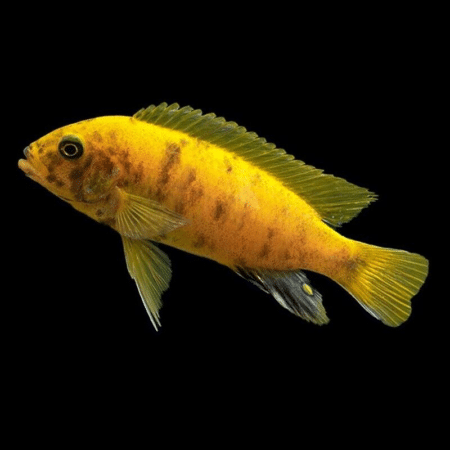
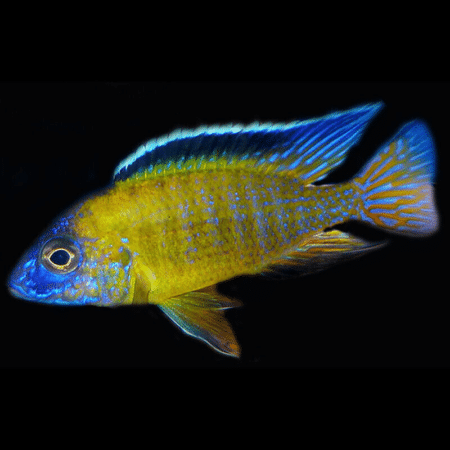




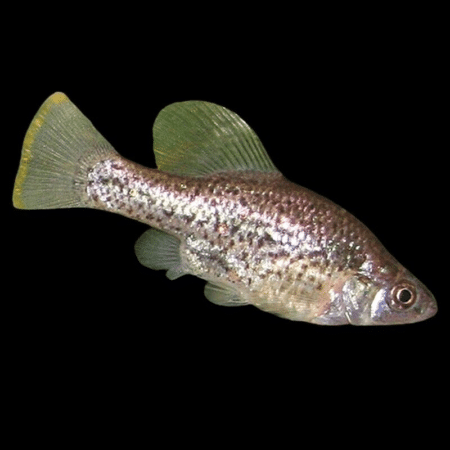
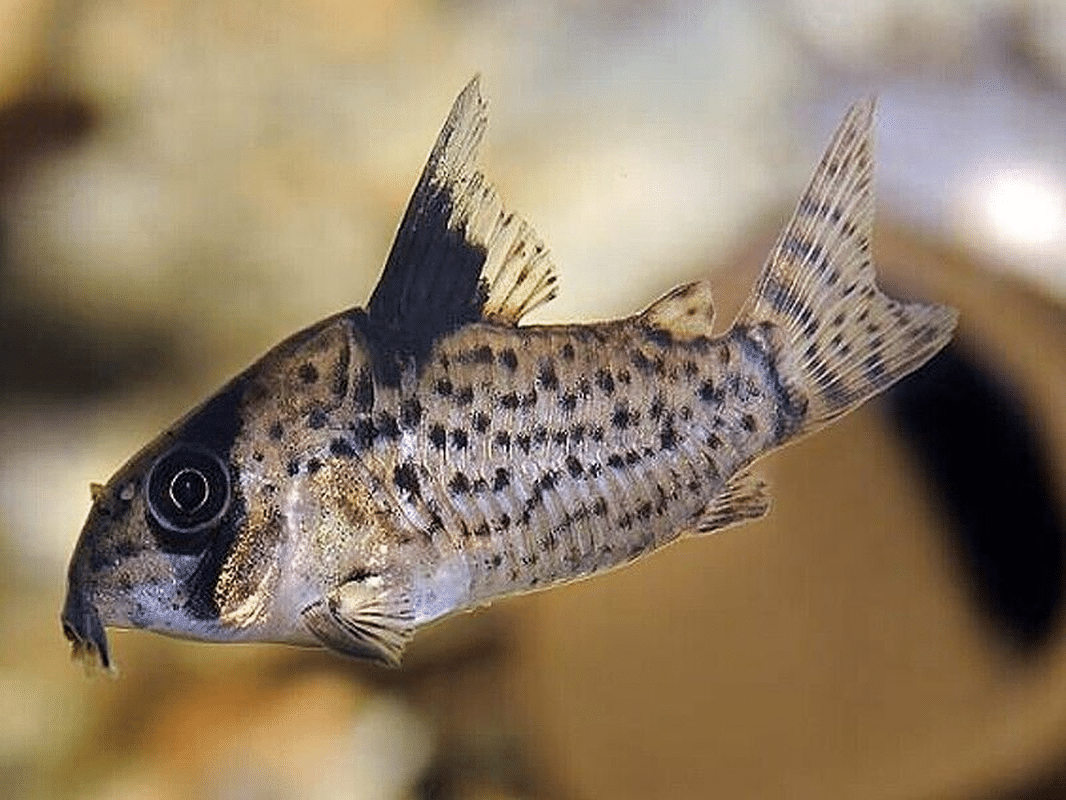
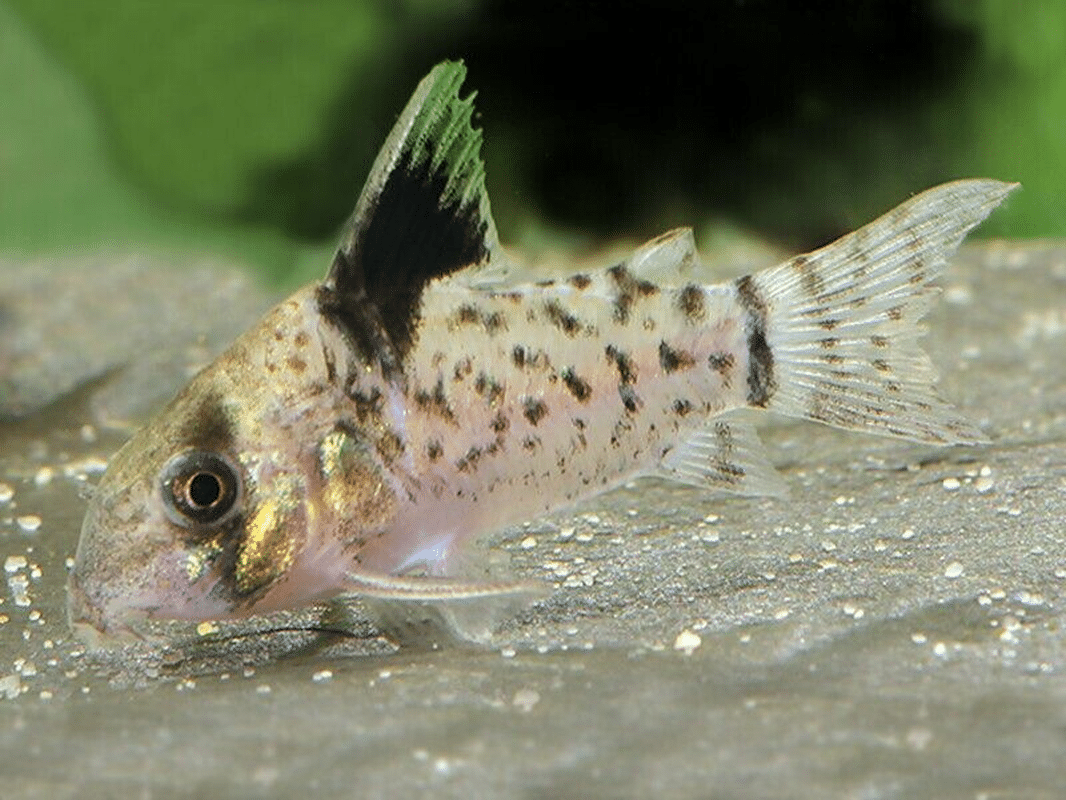



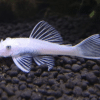









Emily Carter (verified owner) –
I recently added the False Spotted Catfish, or Corydoras Leucomelas, to my community tank, and I couldn’t be more thrilled! After about two months of observing them, I can truly say that these little guys have brought such joy to my aquarium experience. Their playful nature and unique blackfin coloring make them stand out beautifully against the backdrop of my tropical fish.
I initially researched various catfish options, but the Corydoras Leucomelas won me over with its peaceful temperament and social habits. They thrive in groups and are fantastic community fish, so I made sure to get a small school of five. Watching them dart around, foraging through the substrate, has been delightful.
They were shipped quickly and arrived healthy and active, which is always a relief when you’re passionate about fish welfare. The only minor issue I’ve encountered is that they are a bit shy at first, so providing plenty of hiding spots in the tank is crucial.
Overall, I highly recommend the False Spotted Catfish for anyone looking to enhance their tropical fish setup with a lively and engaging species. They are perfect for both beginners and experienced hobbyists alike. I would definitely purchase them again!
Emily Carter (verified owner) –
I’ve been an aquarium enthusiast for over five years, and I recently added the False Spotted Catfish (Corydoras Leucomelas) to my community tank, and I couldn’t be happier! These little guys are not only adorable but also incredibly easy to care for. After a week of acclimation, they quickly adapted and started exploring every inch of the tank. Their peaceful nature makes them perfect for community setups, as they mingle well with my other tropical fish without any fuss.
What I love most is watching them scavenge around the substrate and interact with each other; it’s like having a lively little crew of underwater dancers. Compared to other cory species, I’ve found these to be more active and sociable, which adds so much joy to my tank.
One minor concern I had was that they initially seemed skittish, but with some time and a stable environment, they’ve become so much more confident. I highly recommend the False Spotted Catfish for both beginners and experienced aquarists alike! If you’re looking for vibrant aquarium fish that contribute to a happy community tank, you should definitely consider adding these charming catfish. Happy fishkeeping!